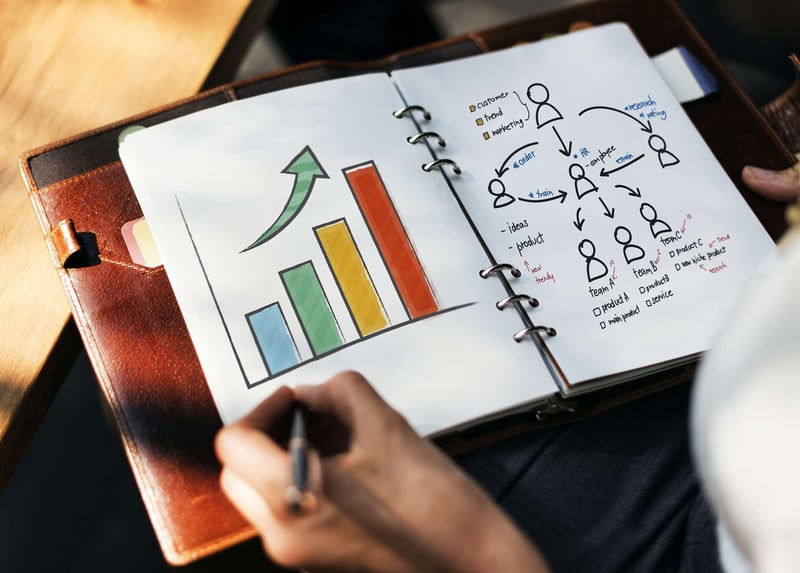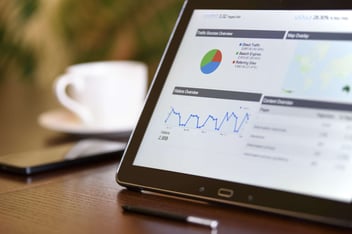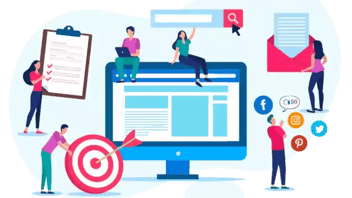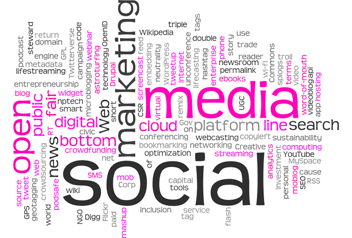El marketing gana (y lo que todos podemos aprender de GoPro o Greggs)
Cuando se trata de mejorar su rendimiento, existen innumerables opciones: desde cursos en línea hasta la lectura de libros y blogs. También puedes unirte a un grupo de conversación de otros profesionales del marketing y aprender de los debates. El hilo conductor de todas las opciones disponibles es aprender de lo que hacen los demás.
Es decir, tanto de sus errores como de sus triunfos. Hoy hablamos de estos últimos: las campañas y tácticas de marketing que llevaron a estas empresas al siguiente nivel de éxito: marketing inteligente para el éxito .
GoPro: "Sé un héroe
De entrada, sí, nos damos cuenta de que la campaña Be A Hero comenzó en 2013. El hecho de que todavía estemos escribiendo sobre ella demuestra el poder que tiene para transformar a GoPro de un fabricante de cámaras de acción advenedizo en el gigante cultural que es hoy. La historia de Be A Hero es la historia de los contenidos generados por los usuarios. Allá por el año 13, GoPro no disponía del presupuesto de marketing necesario para filmar sus deseadas secuencias de acción. Hasta que un genio decidió que lo mejor era pedir a sus seguidores que enviaran sus imágenes.
En el primer año, esta campaña duplicó los ingresos de GoPro a más de 25 millones, mientras que sólo les costó unos 50.000 dólares. Todo gracias a que corrieron la voz en las redes sociales y patrocinaron eventos estratégicos, pidiendo a sus pequeños pero rabiosos seguidores que enviaran sus imágenes mostrando cómo utilizaban sus GoPro para grabar toda la acción.
Greggs: "Rollo de salchicha vegano"
Greggs es una pequeña cadena inglesa de panaderías. Son pequeños al lado de los grandes del mercado, Pret A Mangers y Costas. Lo que sí tienen es un genio del marketing detrás de su presencia en las redes sociales. A principios de este año, la cadena iba a lanzar una versión vegana de su rollo de salchicha para el desayuno (un producto básico en Inglaterra). Entre la publicidad previa al lanzamiento, sabían otra cosa: el polémico presentador del programa matinal Piers Morgan odia todo lo vegano.
Y utilizaron ese conocimiento para aprovecharse de él y conseguir una importante victoria de marketing social. Cuando Morgan tuiteó esto en respuesta a la noticia del nuevo rollo: "Nadie estaba esperando un rollo de salchicha vegano, payasos de PC Ravaged". Greggs estaba listo con esta mordaz respuesta: "Oh hola, Piers, te estábamos esperando".
Al provocar a propósito a Morgan, Greggs sabía que su panecillo obtendría un anuncio gratuito ante sus casi 7 millones de seguidores en Twitter. Y el hecho de que su respuesta obtuviera casi 5 veces los retweets de Morgan demuestra que funcionó a las mil maravillas. La cuota de mercado de Greggs subió un 9,6% en menos de dos meses, y el rollo de salchicha vegano fue un éxito, agotándose casi a diario.
OnePlus: Exclusividad para el ganador
OnePlus se encontró con una barrera que superar. Siempre se les había conocido por fabricar móviles que ofrecían la mejor relación calidad-precio, pero no por hacer nada especial más allá de eso. Pero cuando llegó el momento de lanzar la versión 7 ese año, volvieron a tiempo y tomaron ejemplo del lanzamiento inicial de la ahora omnipresente plataforma de correo electrónico de Google, Gmail. Pusieron el nuevo modelo a disposición exclusiva de quienes tuvieran una invitación.
Combinando esta exclusividad con una campaña de marketing en la que destacaban que aspiraban al primer puesto en el hipercompetitivo mercado de los smartphones Android, prepararon la mesa para una campaña de infarto. Y está funcionando, sacando a OnePlus de la relativa oscuridad y colocándola en el candelero.
Morgan Stanley: #JustinRoseChallenge
Ya hemos hablado del poder en gran medida desaprovechado de los contenidos generados por los usuarios en nuestro debate sobre GoPro. Nos sorprendió tanto como a ti ver a Morgan Stanley subirse a este carro en 2019 con su campaña #JustinRoseChallenge. La incondicional empresa de servicios financieros hizo un buen uso de la idea haciendo que sus seguidores enviaran sus golpes de golf más difíciles para ganar un juego de palos de alta gama y programó la campaña para que coincidiera con su jugador patrocinado, Justin Rose, compitiendo en el tour de la PGA.
Sabiendo que su sector no es conocido por la personalización, esta campaña hizo una cosa muy bien: demostró que conocen a su público y saben cómo llegar a él. La participación en las redes sociales se disparó durante la campaña, que duró dos meses en el punto álgido del circuito, y consiguió que la empresa de toda la vida obtuviera bastante cobertura entre el público más joven al que se dirige.
Chobani: Pago de la deuda de los almuerzos de las escuelas públicas de Warwick
El CEO de Chobani, Hamdi Ulukaya, es el protagonista de este caso, pero la empresa ha sentido sin duda los efectos residuales. Para concienciar sobre la desnutrición y el hambre infantil, Ulukaya pagó personalmente la mitad de la deuda de los almuerzos escolares de una escuela primaria de Warwick (Rhode Island). Al poner su billetera donde está su boca, las acciones de Ulukaya mostraron al público exactamente cuál es su postura sobre los problemas sociales a los que se enfrentan sus trabajadores y el país.
La autenticidad es un bien escaso en las redes sociales. El vídeo que subió Ulukaya, en el que explica lo que hizo y por qué, es un brillante ejemplo de lo mucho que puede hacer de bueno. En el vídeo no se ve ninguna promoción de la marca (aunque en ese momento estaba en el almacén de Chobani). Se trataba más bien de una simple llamada a la acción a sus seguidores para que defiendan los valores en los que creen y busquen formas de marcar la diferencia en sus comunidades.
JetBlue: El poder de conocer a tu público
JetBlue, ya conocida por los pequeños detalles que pueden marcar la diferencia en un viaje en avión, ha demostrado este año que conoce muy bien a su público. La aerolínea inició hace un tiempo un experimento en el que ponía música por los altavoces del avión durante el embarque y desembarque de pasajeros.
En un vuelo concreto a Newark, cambiaron las cosas y pusieron el éxito de BTS BoyWithLuv durante el despegue. El grupo de K-Pop actuaba esa noche en Newark, y en el vuelo viajaba un destacado bloguero musical. La repercusión en las redes sociales de este acontecimiento les costó cero dólares, pero los comentarios masivos, los retweets y los "me gusta" no tuvieron precio. Todo lo que hizo falta fue tener a bordo a miembros del equipo que conocieran de verdad a su público.
Este contenido también está disponible traducido en:
- Alemán: Marketing gewinnt: Was wir von GoPro & Greggs lernen können
- Inglés: Marketing Wins (And What We All Can Learn From GoPro or Greggs!)
- Francés: Le marketing gagne : les leçons de GoPro et Greggs
- Italiano: Il marketing vince (e cosa possiamo imparare da GoPro o Greggs!)
- Rumano: Marketingul câștigă: Lecții de la GoPro și Greggs
- Chino: 营销制胜(以及我们可以从 GoPro 或 Greggs 身上学到的东西)









Deja un comentario